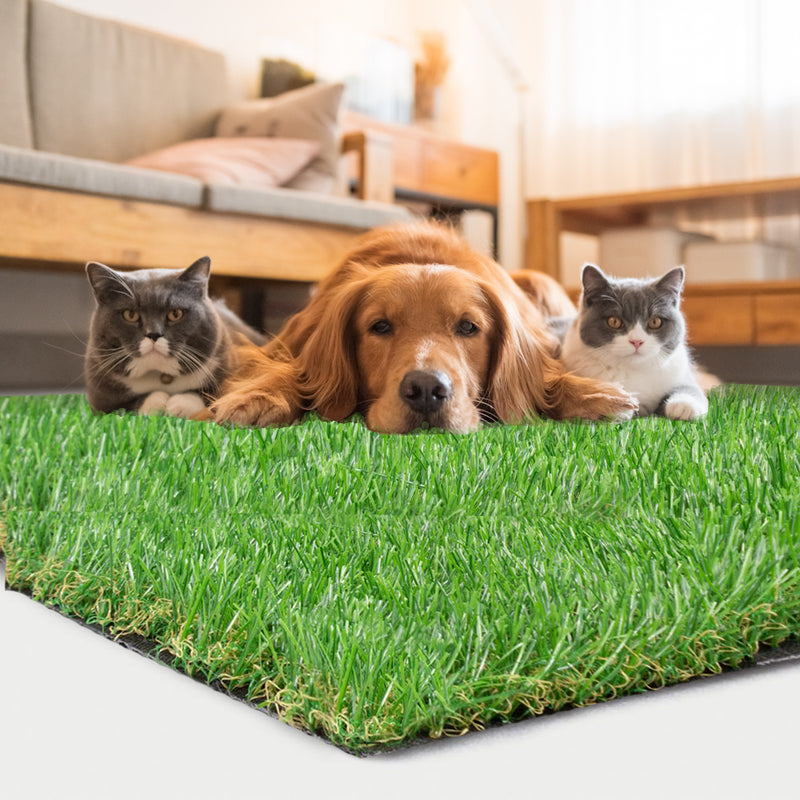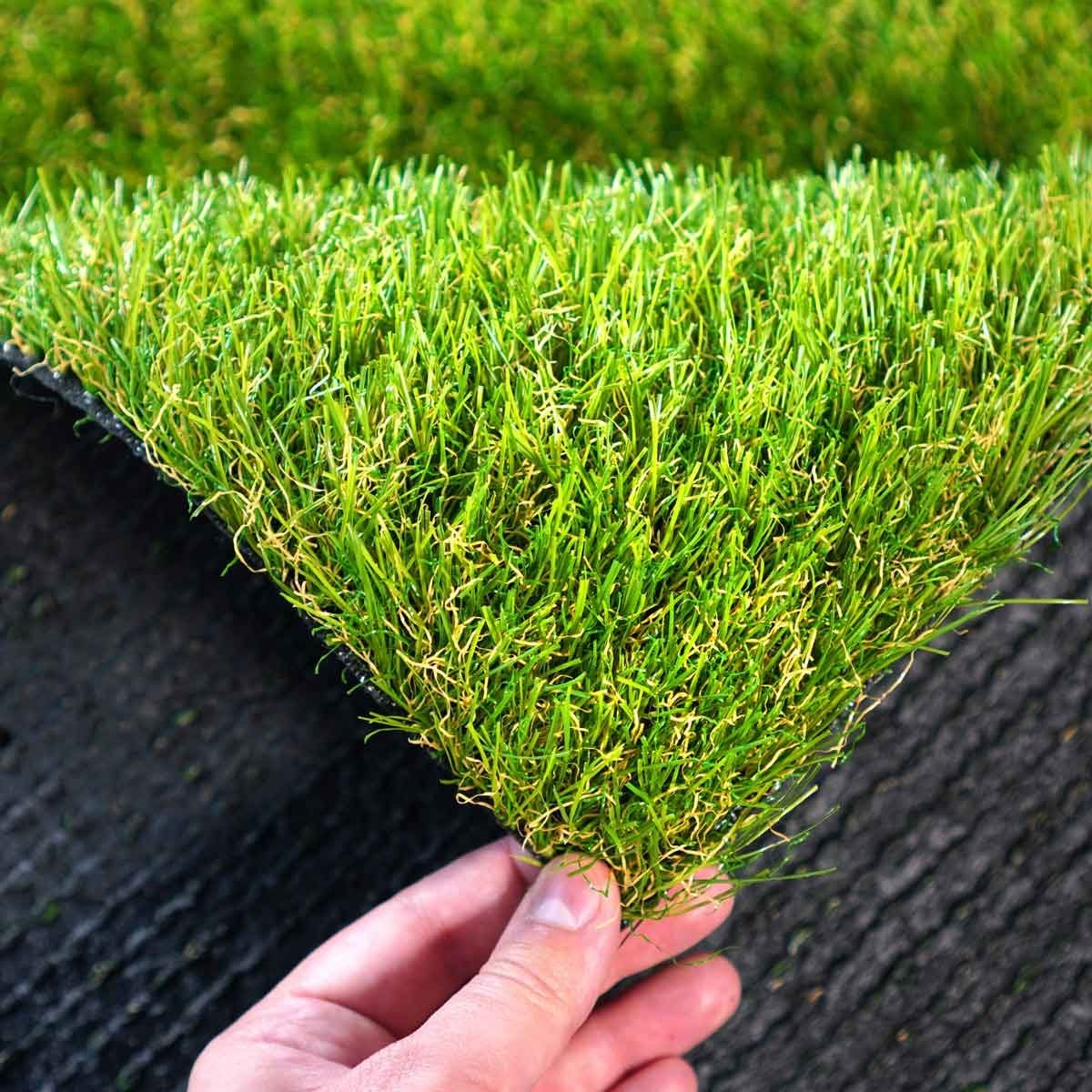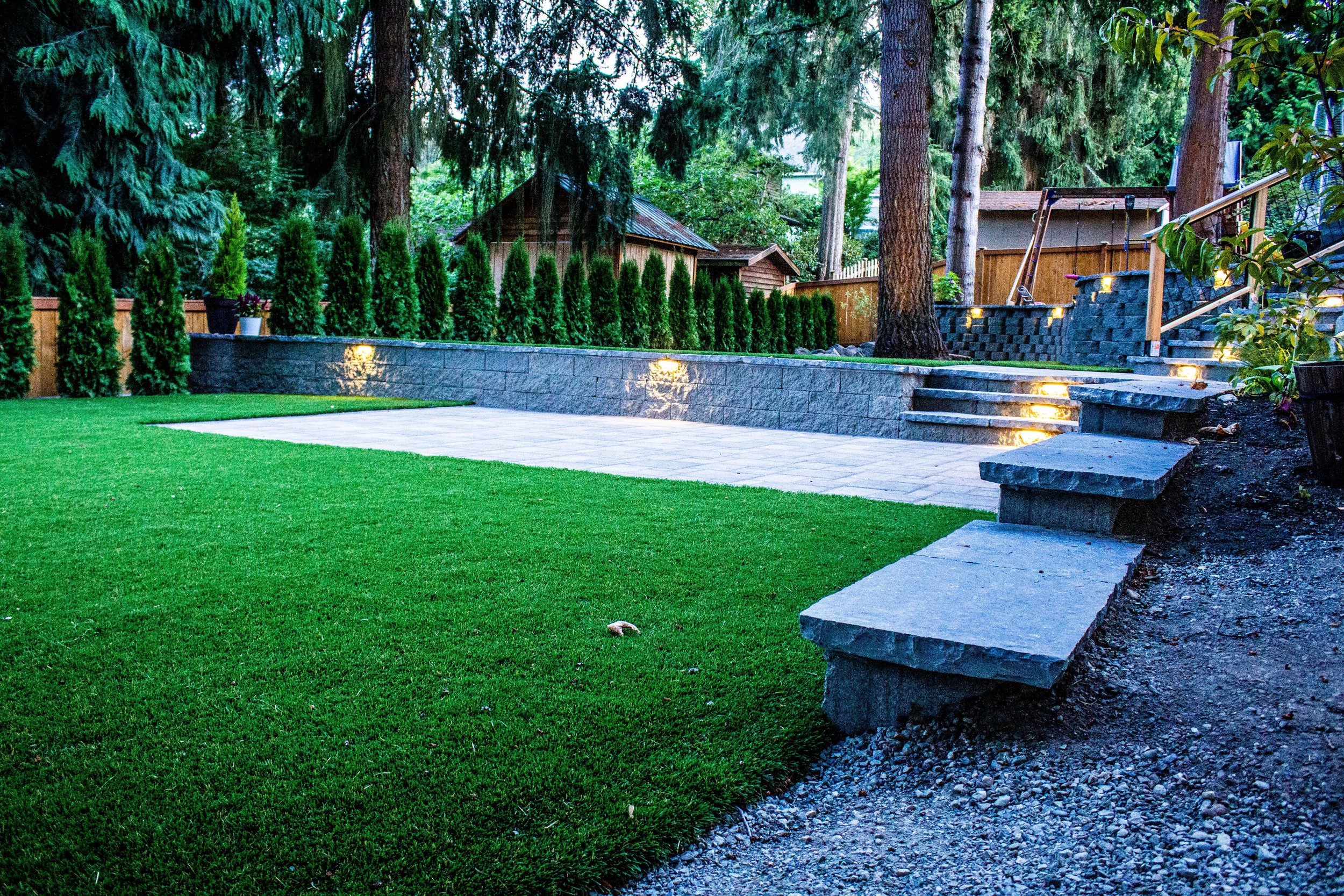Leading Phoenix Turf Companies Offering Superior Synthetic Grass Options
Delve Into the Environmental Advantages of Opting for Artificial Grass Solutions
The fostering of synthetic grass services provides an engaging opportunity to attend to pushing ecological obstacles. By considerably reducing water use and minimizing the application of dangerous chemicals, these choices not only advertise lasting landscaping however additionally secure regional communities. Furthermore, the lower carbon impact associated with lowered upkeep activities adds to a much more sustainable technique to land monitoring. Nevertheless, the implications of these advantages prolong past simple preservation efforts, questioning regarding their long-term influence on environment conservation and general eco-friendly balance. Checking out these measurements reveals a complex interaction worth taking into consideration.
Water Conservation Perks
One of the most significant benefits of synthetic turf is its capability to save water. In contrast, artificial lawn does not require watering, significantly reducing the total need for water resources.
By getting rid of the need for regular watering, artificial lawn adds to sustainable landscape practices and aids reduce the ecological effect of too much water intake. The conservation of water extends to the decrease of drainage, which can lead to dirt disintegration and river contamination.
Additionally, the setup of synthetic grass enables property owners and municipalities to allocate water resources much more efficiently, concentrating on vital usages such as drinking water and agriculture. The change towards synthetic grass not just promotes responsible water usage however additionally straightens with more comprehensive ecological goals targeted at maintaining natural deposits.
As neighborhoods increasingly prioritize sustainability, the water preservation benefits of artificial turf provide a compelling case for its fostering in residential and business landscape design jobs.
Lowered Chemical Use
The transition to synthetic grass substantially lowers the dependence on chemical treatments generally used in natural grass maintenance. Typical lawn monitoring commonly involves the application of plant foods, pesticides, and herbicides to promote development and control pests. These chemicals can present dangers to human health, local wild animals, and the setting, adding to dirt and water contamination.
On the other hand, artificial grass gets rid of the need for these dangerous compounds. When installed, it requires very little upkeep, largely being composed of routine cleaning and seldom infill replenishment. This reduction in chemical usage not only benefits the immediate environment but also adds to more comprehensive eco-friendly stability. By minimizing the release of artificial substances right into the ecosystem, artificial lawn advertises healthier soil and water systems.
Additionally, the absence of chemical drainage associated with synthetic grass installations assists shield neighborhood waterways from contamination, sustaining water life and preserving biodiversity. Arizona artificial turf. As areas significantly focus on lasting methods, choosing synthetic grass offers a practical option that straightens with environmental preservation objectives. With this shift, homeowner can delight in lush eco-friendly areas without jeopardizing eco-friendly wellness, paving the method for a more lasting future
Reduced Carbon Impact

In addition, the installment of synthetic grass can cause significant water preservation. All-natural yards require considerable quantities of water for irrigation, which not just adds to the carbon footprint related to water removal and treatment however additionally strains regional water sources. In contrast, synthetic grass requires very little upkeep, requiring no watering, therefore significantly lowering water use and its associated energy costs.
Additionally, the long life of synthetic grass adds to its decreased carbon effect. With a lifespan of up to 15 years or more, the requirement for regular replacements is decreased, resulting in much less waste and reduced power usage in manufacturing and disposing of typical grass choices. In general, synthetic grass offers a sustainable option for environmentally conscious landscape design.
Environment Conservation
Habitat preservation is an important consideration in the debate over landscaping choices, specifically when contrasting artificial turf to all-natural grass. Natural grass lawns often need comprehensive maintenance, consisting of making use of herbicides, fertilizers, and pesticides, which can negatively impact neighborhood ecosystems. These chemicals can leach right into the dirt and waterways, damaging indigenous vegetation and fauna and interrupting neighborhood habitats.
Man-made turf removes the demand for dangerous chemicals, thereby protecting close-by wild animals and preserving the honesty of surrounding environments. The installment of artificial lawn can lead to the conversion of previous turf locations right into even more biodiverse landscapes, such as pollinator gardens or native plant areas, which can sustain local wild animals.
Ultimately, the change to artificial turf not just saves water and minimizes upkeep efforts however also promotes an extra harmonious connection in between human tasks and the natural surroundings, advertising environment preservation while doing so.
Long-Term Sustainability
Long-lasting sustainability is an essential consider reviewing the benefits of synthetic grass over traditional grass lawns. Among the most considerable benefits of synthetic grass is its sturdiness; it can last approximately 15-20 years with marginal upkeep, whereas all-natural yard needs regular reseeding and replacement. This durability reduces the demand for continuous sources, such as water, fertilizers, and chemicals, which are check my blog crucial for preserving a healthy and balanced turf lawn.
In addition, synthetic grass adds to a decrease in carbon emissions linked with yard treatment equipment. Typical yards often need gas-powered lawn mowers, trimmers, and blowers, every one of which add to air contamination. Arizona artificial turf. On the other hand, synthetic grass removes the requirement for such tools, promoting a cleaner setting
Furthermore, the manufacturing of synthetic grass significantly uses recycled products, try this site boosting its sustainability account. As suppliers embrace eco-friendly techniques, the environmental impact of artificial lawn continues to diminish.

Conclusion
The adoption of synthetic grass options offers substantial ecological benefits, consisting of significant water preservation, minimized dependence on unsafe chemicals, and a reduced carbon impact. In addition, synthetic grass aids in preserving natural environments by decreasing land disturbance and promoting long-lasting sustainability via using durable products. Collectively, these elements underscore the potential of artificial turf to contribute favorably to environmental health and supply a sensible alternative to traditional landscaping practices in a progressively resource-conscious world.
In contrast, artificial turf does not require watering, dramatically reducing the total demand for water resources. By you could try this out minimizing the launch of synthetic compounds into the community, synthetic turf advertises healthier soil and water systems.
Additionally, the setup of artificial lawn can result in significant water conservation. In comparison, artificial grass requires minimal upkeep, calling for no watering, thus significantly minimizing water use and its associated power prices.
